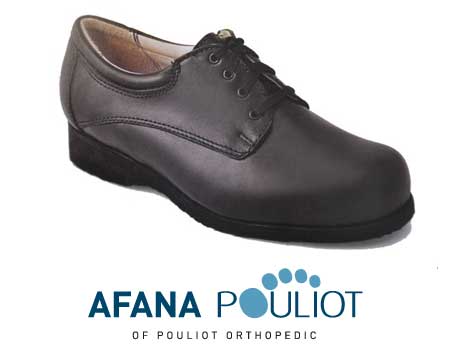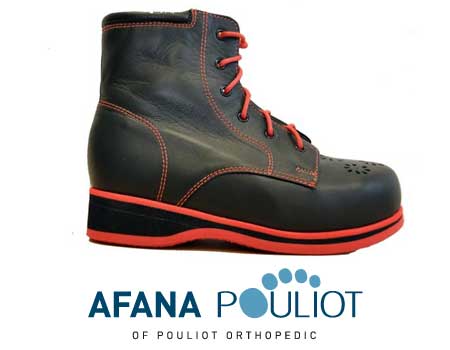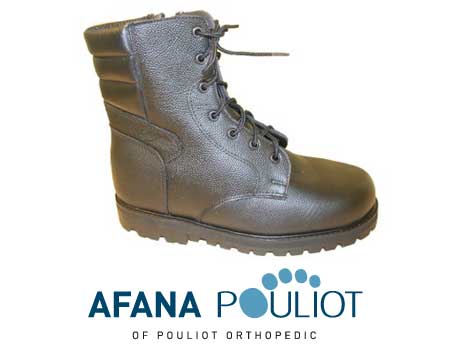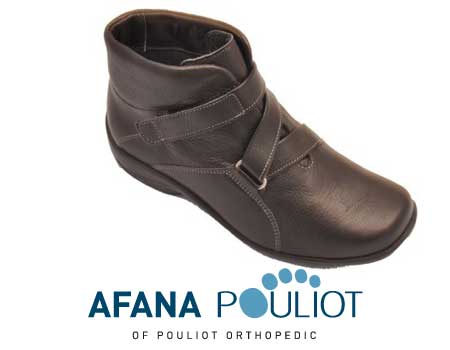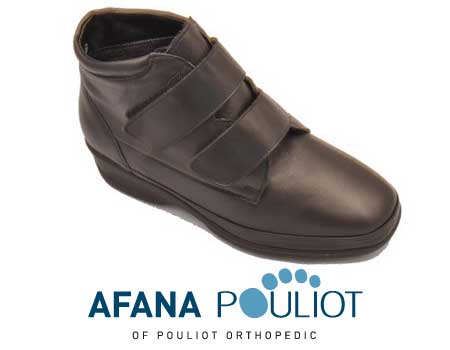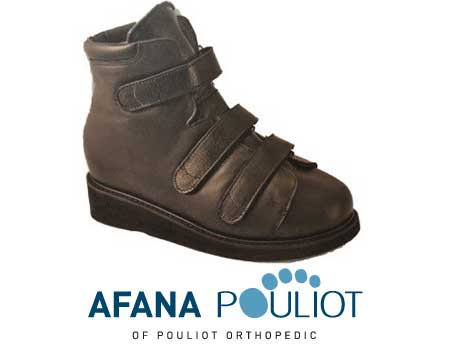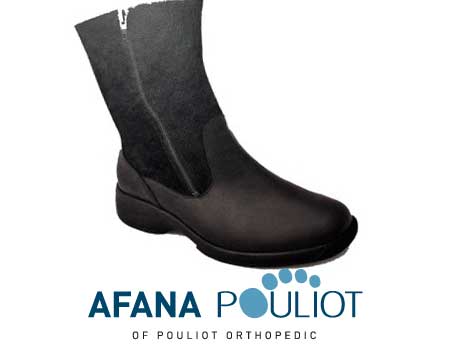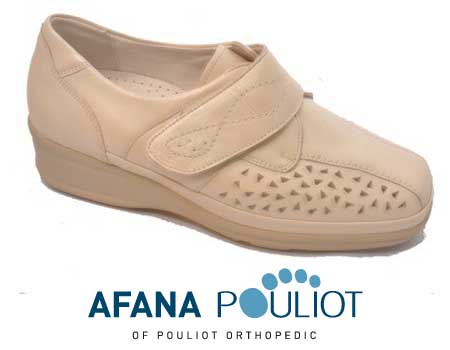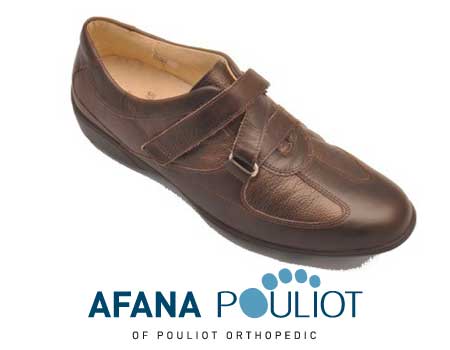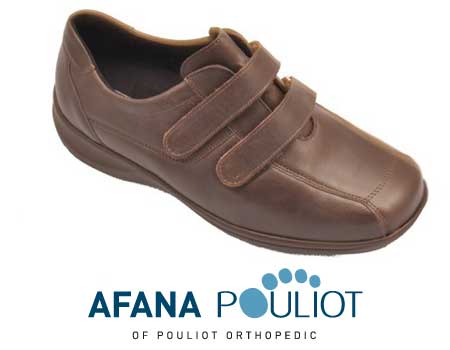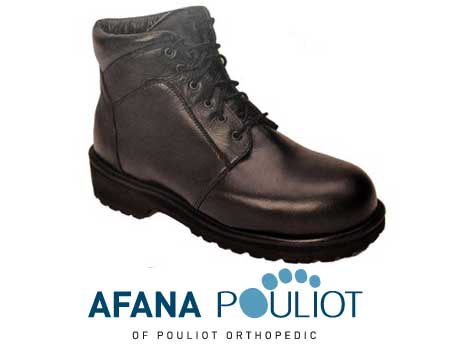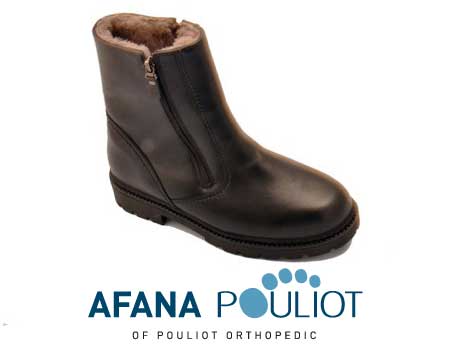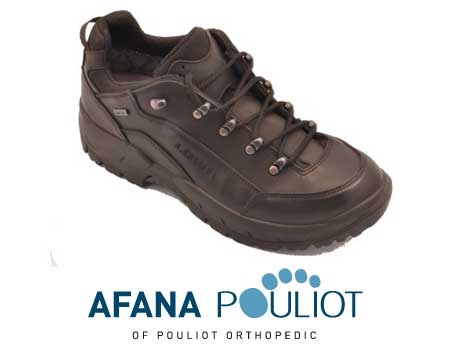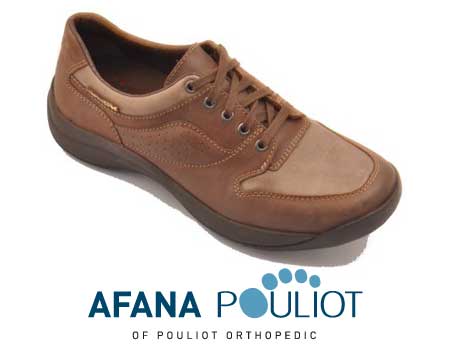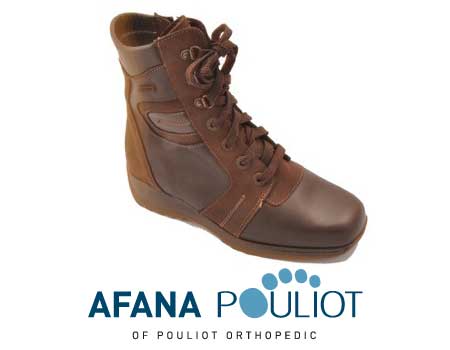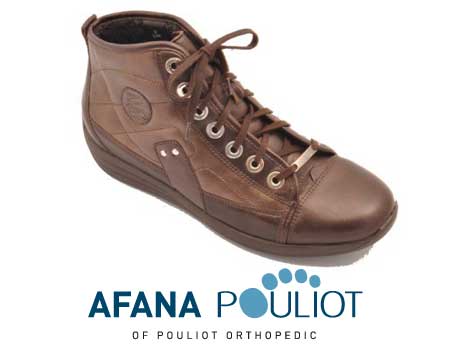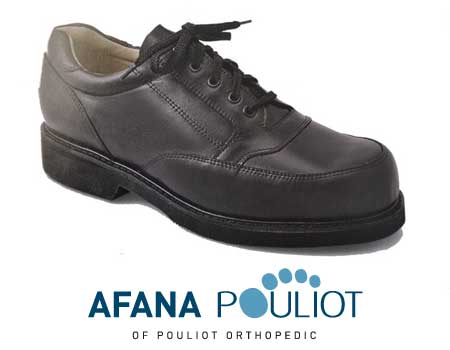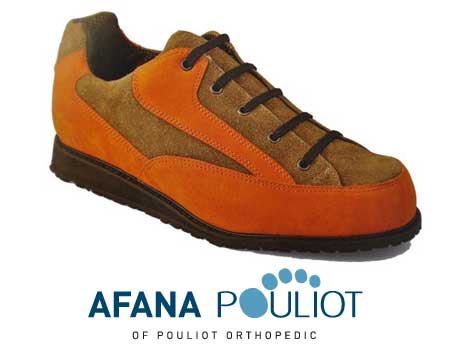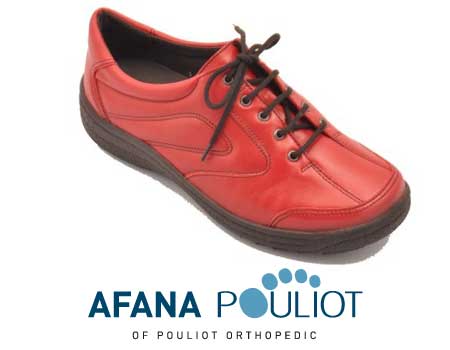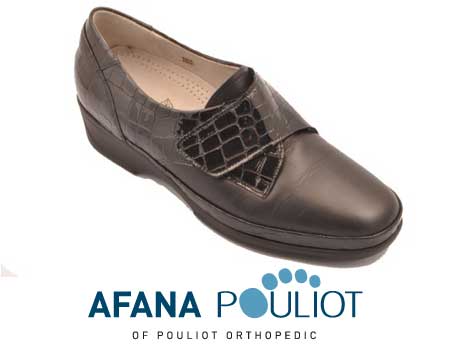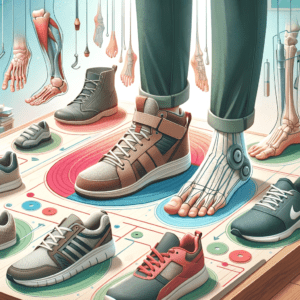The Importance of Timely Shoe Replacement for Foot Health
Knowing when to replace shoes isn’t just for style or comfort; it’s crucial to maintain impeccable foot health. Our feet, foundational support for our entire body, deserve the best care possible. Worn-out shoes can impact posture stride and cause issues from blisters to severe conditions like plantar fasciitis.
Despite the importance of wearing the right shoes, many unwittingly jeopardize their foot health. They continue to use shoes long after their optimal functionality period. Many don’t recognize shoe-wear signs or feel too attached to a cherished pair to replace them.
For most, shoes typically last 8-12 months, depending on their make and usage. This schedule might sound surprising, especially if you have shoes in your closet that have lasted for years. However, even if the outer appearance of the shoe seems fine, the internal support structures might have degraded significantly.
Due to the repetitive and high-impact nature of their activity, runners need to be especially vigilant. For them, the metric isn’t merely time but also the distance covered. A pair of running shoes, depending on their quality and the terrain they’re used on, is usually good for about 500-700 kilometres. After this, the risk of injury due to inadequate foot support increases.
It’s also vital to understand that these are general guidelines. Depending on the quality, brand, and even the individual’s walking style, some shoes may outlast these suggested timeframes, while others may wear out sooner. Always paying attention to the comfort and support a shoe provides, rather than just its outer appearance, is the key to ensuring foot health.
When to Replace Shoes: Spotting the Primary Red Flag
The diminishing level of comfort and support is the primary red flag that it’s time to reconsider your footwear. As wear and tear set in, the shoe materials lose their innate cushioning and supporting capacities.
It’s worth noting that everyone’s wear patterns will differ. If you’re hard on your shoes, expect them to wear down faster than usual. Understanding when to replace shoes and frequently inspecting them is of paramount importance.
Here’s a breakdown of what to look for:
Outsole Degradation
- A cursory glance at the shoe’s base can be telling. Excessive wear, especially beneath the ball of the foot, signals it’s time to shop for a new pair.
- The standard wear usually surfaces at the heel’s outer rear and consistently across the foot’s ball. If your shoes showcase an odd wear pattern, it may hint at a requirement for a different footwear type to cater to your foot’s biomechanics.
- For a stability test, set the shoe on a level ground. Shoes nearing their end might display a tilt or wobble due to worn-out lugs on the outsole.
Midsole Woes
- The midsole, made from EVA, primarily absorbs shock. It compresses slightly and rebounds. But if you see significant creases or the shoe feels less cushioned, you should consider replacing them.
Upper and Interior Wear Signs
- Inspect your boots for holes or unusual wear marks. Pay close attention to friction-prone areas such as the big toe, little toe, Achilles’ heel, and top of the mid-foot.
A Handy Shoe Inspection Tip
While it’s true that not everyone will need new shoes every six months, implementing a biannual shoe inspection can prove invaluable for your foot health and overall comfort. By regularly assessing your footwear, you’re gauging the shoes’ physical condition and understanding their performance over time.
During these checks, you might notice specific patterns of wear that can offer insights into how you distribute weight while walking or running. Such patterns can indicate misalignments or other biomechanical issues that need addressing. The wear rate can also explain the shoe’s durability and how it matches your daily activities.
Moreover, not every shoe is created equal. Some might offer great initial comfort but deteriorate quickly, while others might take some breaking in but last significantly longer. These regular checks give you a sense of which brands or models align best with your unique foot type, walking style, and activity level.
A routine six-month inspection is more than determining a shoe’s lifespan. It’s a proactive step in ensuring optimal foot health comfort and understanding the dynamics between your feet and their shoes. Over time, these checks can guide you in making more informed decisions when purchasing new footwear.
When to Replace Shoes: Choose Afana Pouliot’s Custom Orthopedic Footwear for Ultimate Comfort
Look no further if you’re seeking the ultimate foot comfort and support solution. Custom-made orthopedic footwear ensures a perfect fit tailored to your unique needs. Don’t settle for anything less than personalized comfort. Contact Afana Pouliot today at 1-866-297-2817 and step into the world of bespoke footwear designed just for you. Your feet deserve the best.


